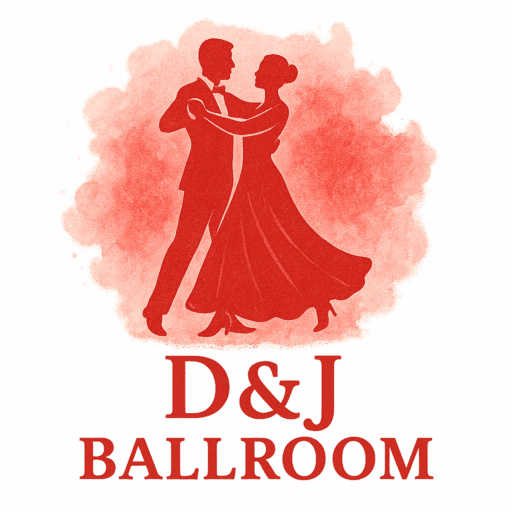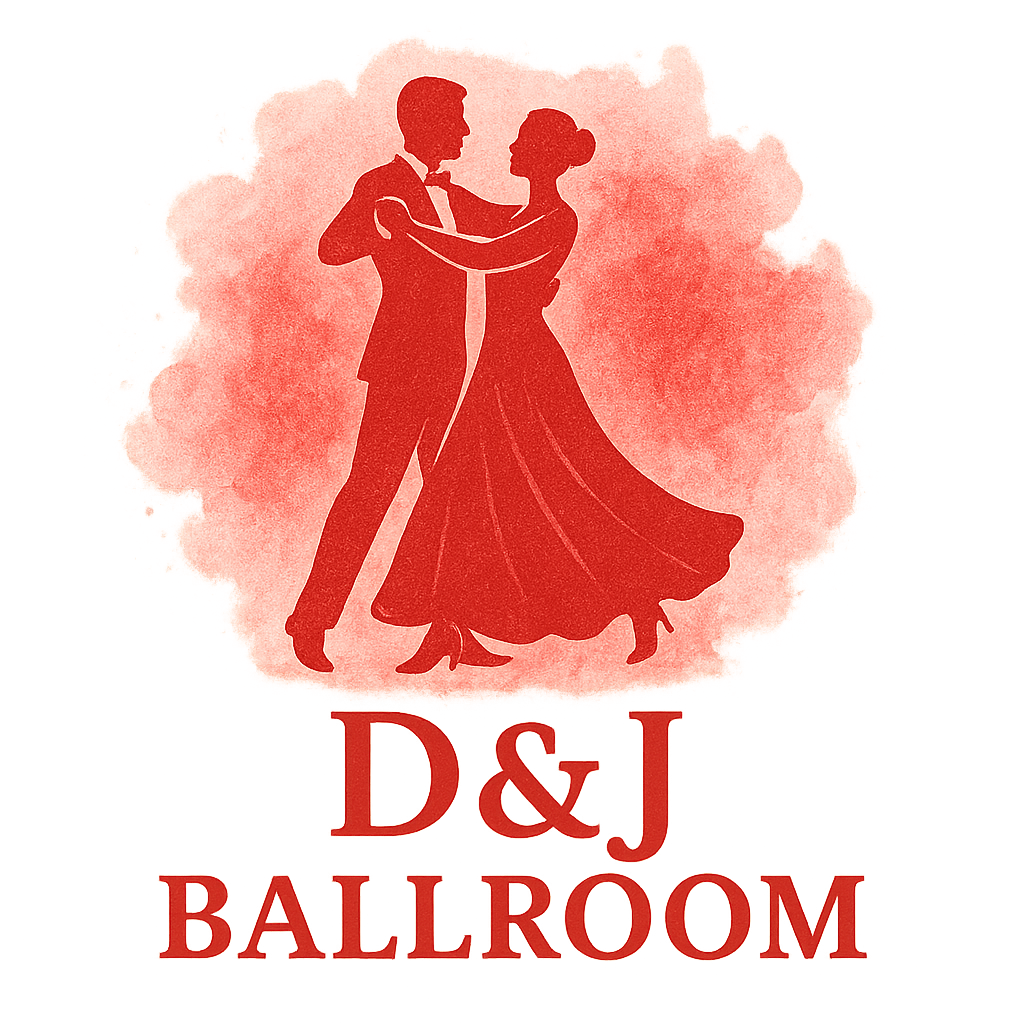Introduction
Ballroom dancing is more than just learning steps—it’s about connection, flow, and communication with your partner. When you see a couple glide across the dance floor, their movements seem effortless, like two souls moving as one. That kind of harmony doesn’t happen by accident—it’s built through consistent ballroom technique training.
The best part? You don’t need a studio to strengthen your partnership. With the right drills, you can improve posture, rhythm, and connection right in your living room. Let’s explore 10 ballroom technique drills that will help you and your partner deepen your bond while practicing at home.
Why Ballroom Technique Drills Matter
Building Muscle Memory
Like any sport, ballroom requires repetition. Rehearsing specific drills ensures your body automatically remembers the right movements. This frees you from overthinking steps, letting you focus on artistry and connection. (Read more about structured ballroom techniques and training.)
Enhancing Musicality
Musicality is the heartbeat of dance. Practicing rhythm drills sharpens your ability to feel the beat and move with the melody, allowing both partners to express the music authentically.
Strengthening Partner Connection
The essence of ballroom lies in lead and follow. Drills help you pick up on subtle cues—like a weight shift or frame adjustment—so you move as one. This bond makes dancing together more enjoyable and competitive-ready.

Preparing for At-Home Ballroom Practice
Choosing the Right Space
You don’t need a fancy ballroom floor. A cleared-out living room, garage, or even backyard works. Just ensure you have enough space to move comfortably.
Essential Equipment and Attire
Shoes make a difference! While socks or sneakers can work, ballroom shoes provide the right support and glide. You can also explore tips on ballroom attire and fashion to ensure you’re dressed comfortably for practice.
Setting the Right Mindset
Turn your home into a mini dance studio. Put away distractions, turn up the music, and approach your drills with focus. Positive energy makes practice far more rewarding.
10 Ballroom Technique Drills for Partner Connection
Drill 1: Frame Awareness Exercise
Hold a proper ballroom frame and maintain steady arms without stiffness. A strong yet flexible frame is the foundation of lead and follow, essential in styles like waltz and foxtrot.
Drill 2: Resistance Band Connection
Attach a resistance band between you and your partner’s hands. Move in different directions while maintaining consistent tension. This simulates ballroom connection and builds responsiveness.
Drill 3: Mirror Image Practice
Think of this as a dance version of “Simon Says.” One partner leads simple moves, the other mirrors them. This boosts awareness and non-verbal communication—crucial in tango where quick reactions matter.
Drill 4: Rise and Fall Synchronization
Practice smooth rise and fall, a signature of the ballroom waltz. Focus on moving gradually, keeping movements aligned with your partner.
Drill 5: Walking in Partnership
Hold frame and walk side by side. Pay attention to stride length, timing, and weight transfer. While simple, this drill sharpens coordination and connection.
Drill 6: Posture Alignment Check
Stand back-to-back, adjusting until both postures align. Maintaining an upright, strong stance prevents collapsing into your partner and enhances elegance.
Drill 7: Shadow Dancing
Dance solo, imagining your partner’s role. Later, join together and compare movements. This drill builds independence and sharpens self-awareness.
Drill 8: Lead and Follow Response Drill
Switch roles and practice responding to subtle cues. Use light signals, like a hand shift or weight change, to initiate movement. This strengthens non-verbal communication vital in ballroom competitions.
Drill 9: Rhythm and Timing Drill
Clap, tap, or step to music before adding dance steps. This strengthens timing, ensuring both partners stay in sync with the beat. Explore how different ballroom dance styles emphasize rhythm differently.
Drill 10: Eye Contact and Emotional Connection
Dance slowly while maintaining eye contact. This may feel awkward at first but builds emotional presence—key for captivating audiences at ballroom events.
Tips for Maximizing Your Ballroom Drills
Consistency Over Perfection
Practice a little every day. Five minutes consistently beats one long session once in a while.
Record and Review Sessions
Film your practice and review together. You’ll notice posture issues or timing slips that feel invisible in the moment.
Celebrate Small Wins
Did you nail that rise and fall today? Did your lead feel smoother? Acknowledge progress—it keeps motivation high.
Common Mistakes to Avoid in Ballroom Drills
Overthinking Every Step
Dancing should feel natural, not mechanical. If you’re tense, relax and trust your training.
Ignoring Communication
Ballroom is teamwork. If you focus only on yourself, you’ll lose connection. Always tune into your partner.
Neglecting Posture
Poor posture weakens frame and kills connection. Regular checks prevent this mistake.
Benefits of Practicing Ballroom Drills at Home
Deepening Trust Between Partners
Shared drills improve not just technical connection but also emotional trust—a vital ingredient in all forms of ballroom culture.
Sharpening Competition Readiness
Even at home, drills prepare you for the discipline and synchronization needed on the competitive floor.
Bringing Joy Into Daily Routine
Ballroom practice is more than training—it’s fun, energizing, and a way to bring more joy into your relationship.
Conclusion
Ballroom dancing is about more than fancy footwork—it’s about energy, trust, and unity. With these 10 ballroom technique drills for partner connection at home, you can transform your living space into a practice ground that strengthens your posture, rhythm, and emotional connection. Whether you’re preparing for the stage or simply dancing for joy, these drills will help you and your partner move with grace, harmony, and confidence.
FAQs
1. Can beginners try these ballroom technique drills at home?
Yes! These drills are designed to be simple enough for beginners while still useful for advanced dancers.
2. How often should we practice ballroom drills?
Aim for 15–30 minutes, three to four times a week, for consistent improvement.
3. Do we need ballroom shoes to practice at home?
Not required, but proper shoes help with balance and technique. Check out tips on ballroom wardrobe for ideas.
4. What music works best for practice?
Choose tracks that match your style—waltz, tango, foxtrot, etc. Even a metronome works for rhythm drills.
5. How do I measure progress in partner connection?
Improvement shows when transitions feel smoother, timing feels natural, and your partner reacts effortlessly to your lead or follow.
6. Can I practice without a partner?
Absolutely. Shadow dancing and posture drills are excellent solo practices.
7. What if we don’t have much space at home?
No problem. Many drills, like frame awareness or posture checks, require very little space.


